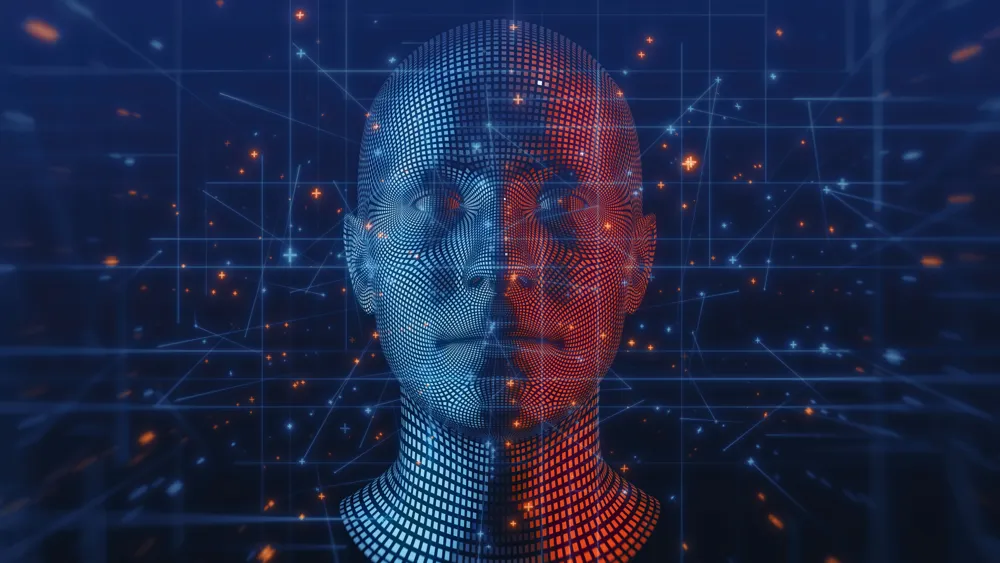Family uses AI to create video of Arizona man addressing killer

In a groundbreaking legal event, an Arizona family harnessed artificial intelligence to create a video of their deceased loved one, Christopher Pelkey, addressing his killer in court. This unprecedented application of AI technology has raised significant ethical questions about its role in the justice system.
On May 1, an AI-generated avatar of Pelkey appeared in Maricopa County Superior Court as Judge Todd Lang prepared to sentence Gabriel Paul Horcasitas, who had been found guilty of killing Pelkey during a road rage incident in 2021.
"It is a shame we encountered each other that day in those circumstances. In another life, we probably could have been friends," stated the AI version of Pelkey, reflecting a tone of forgiveness that his family believed he would convey.
The avatar, depicted with a long beard and a green sweatshirt against a white background, initiated the video by informing viewers that he was an AI representation of Pelkey, pointing out noticeable gaps in audio and minor discrepancies in lip synchronization.
Pelkey, a U.S. Army veteran, was only 37 years old at the time of his untimely death. His family’s decision to utilize AI underscores a new frontier in the legal system, which encounters both excitement and wariness toward rapidly evolving technological advancements.
Traditionally, courts impose strict regulations on the type of content that can be submitted in legal contexts. Nonetheless, the court allowed the AI-generated video during sentencing as it was not considered formal evidence.
Horcasitas received a 10.5-year prison sentence for manslaughter and endangerment. The use of the AI video demonstrated the leniency afforded to the family in expressing their grief and the profound impact of Pelkey's life.
Pelkey's sister, Stacey Wales, revealed that crafting the AI-generated statement was pivotal in communicating her years of grief. Although she struggled with the notion of forgiveness, she was confident that her brother would have approached the situation from a place of empathy.
"The goal was to humanize Chris, to reach the judge, and let him know his impact on this world and that he existed," Wales expressed, highlighting the humanizing intent behind the use of generative AI.
Collaboration with family members working in technology played a crucial role in developing the AI representation. However, legal experts like Harry Surden caution that presenting AI-generated material risks manipulating emotional responses, overshadowing the objective evidence typically examined in courts.
"What we're seeing is that the simulations have become so advanced that they completely bypass our natural skepticism and go directly to our emotions," Surden warned, raising concerns about the potential implications for legal judgment.
Read These Next

China Eases Semiconductor Export Controls, Boosting Supply Chains
Exploring China's recent policy changes on semiconductor exports and their implications for the automotive industry and global supply chains.

iPhone Pocket: Pricey or Trendy?
This article explores the implications of Apple's new iPhone Pocket accessory, which faces criticism for its high price and minimalistic design, and what this reveals about brand loyalty and market trends in luxury tech fashion.

FOCAC Showcases Cutting-edge Technology to Guests and Media
At the 2024 FOCAC Summit, China showcased innovations like a humanoid robot and 8K HD virtual flights, enhancing diplomacy.
